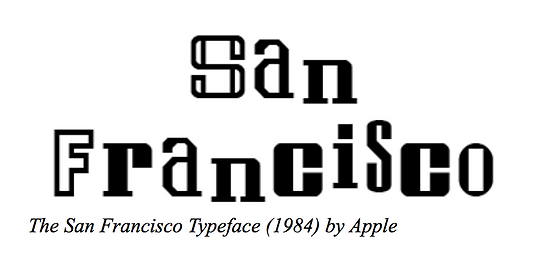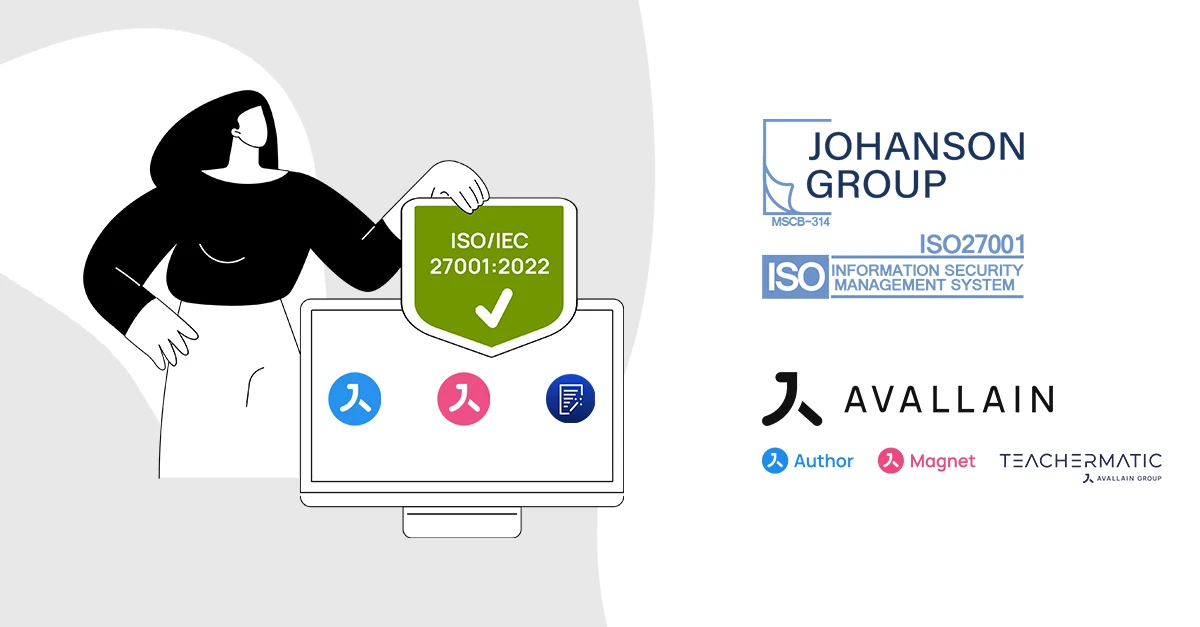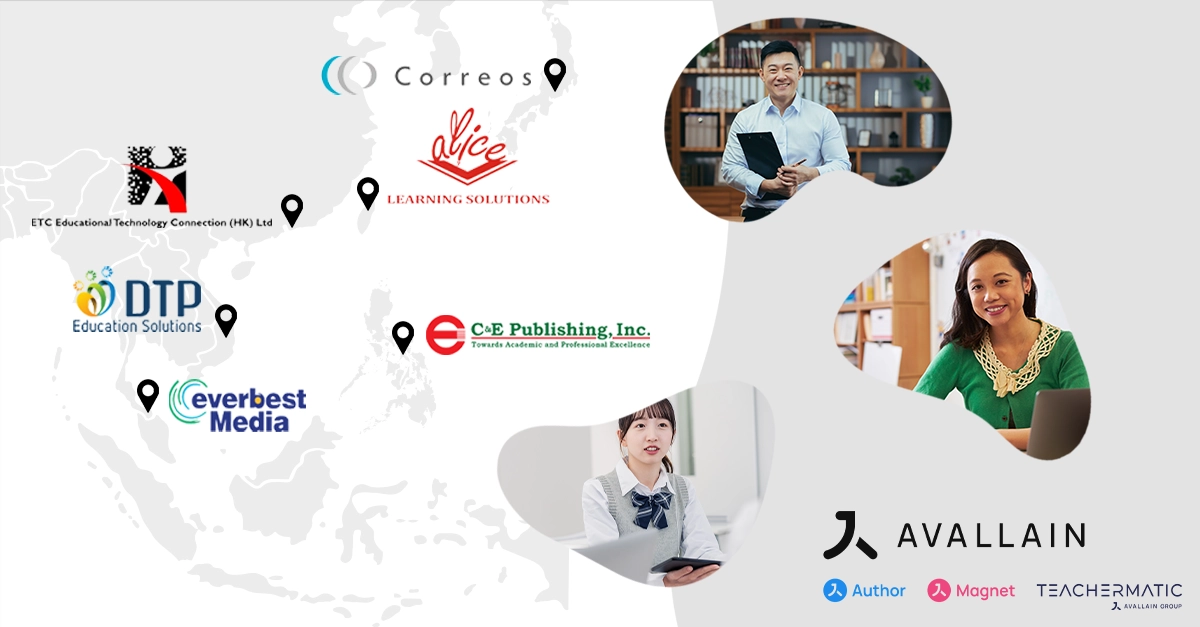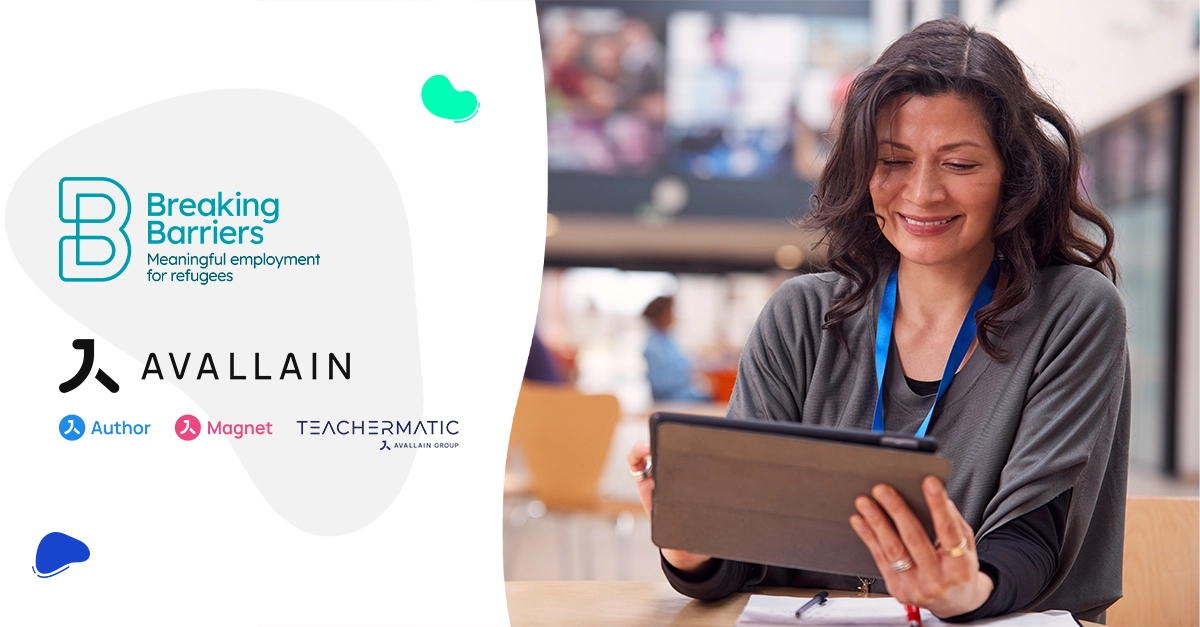
5 min read
2016/11/24
Almost three decades ago, technologies such as PageMaker by Aldus and Apple Computer’s LaserWriter printer heralded a revolution in desktop publishing. Adobe Systems offered seemingly unlimited typesetting and formatting solutions that were both creative and cost-effective. The days of the typewriter were gone, and a new era of desktop media was here to stay.
The potential appeared to be endless. But publishers soon realised that unfettered creativity comes at a cost.
Desktop publishing: creativity without limits?
Enthused by new options such as modern fonts and flexible page layouts, users began to experiment. In 1984, while working for Apple, Susan Kare introduced a bitmapped font that brought together many juxtaposed typefaces in the style of letters cut from many different newspapers or magazines, as in a ransom note. This “San Francisco” font became associated with unprofessional design, and the term “ransom note effect” was later coined to describe poortypesetting. It demonstrated how design and publishing freedoms do not necessarily lead to successful results, and that much of the promise of desktop publishing was, in truth, hype.
The industry now faced a new challenge: how to find the right balance between the freedoms offered by desktop publishing, and established best practice.

Mature desktop publishing: respecting roles, processes and standards
The problems, at least, were clear. Desktop publishing tools did not come with sufficient guidance, and neither did they allow content providers to lay down appropriate house styles, processes and constraints. These failings meant that quality was always at risk, and undermined those much-cited efficiencies.
The solution was to deploy the technology in a way that respected the roles people play, and the processes and standards to which they work. Soon desktop publishing offered authors and editors the full range of word processing tools, but not the tools to design. Designers benefitted from enhanced design features, but worked within prescribed styles and formats. Roles and standards were once again clear, but the process was much more flexible and efficient than anything that had come before.
Facing the next frontier: desktop publishing for a digital world
But as we know, this digital revolution reached far beyond the publishing industry. Very quickly it was not just the publishers’ processes that were digital – their products were too. And as publishers responded to market demands for interactive, responsive digital materials, desktop publishing faced a fresh challenge: how might it deliver these new media with all the efficiencies and creative freedoms that publishers had come to rely upon, while keeping control of quality?
Back to the present, and this new digital frontier is being conquered by an all-new publishing technology. The terminology has changed – now we talk about “authoring” tools instead of “desktop publishing” – but the promise is the same: to empower authors, editors and designers to create their own finished resources, without need of technical specialists.
But history is repeating itself, and unfortunately, so are the mistakes of the past. All too often, these solutions are so flexible that good editors are turned into bad programmers or designers. Other solutions are often so restrictive that content becomes bland and uniform, which is bad for both publishers and learners.
Avallain Author: the tools to excel – in every discipline
Avallain Author is different. Making the most of almost 20 years of close collaboration with publishers and institutions, we have devised a solution that truly delivers quality, cost efficiency and creative freedom. Its philosophy is simple: provide the tools necessary for each discipline to excel at their task. No more and no less.
Avallain Author offers a vast range of features for creating unique, innovative content. But not all of these features are relevant to every project, nor to every discipline. Our flexible architecture allows project owners to refine the options available, so that authors and editors can focus on creating excellent content, using the just interactions and features most suited to the learning and the product. In the same way designers are free to innovate within pre-selected styles and formats, which have already been set up in an overarching “Design Pack”.
The result is a publishing solution that offers the quality and efficiency expected of modern desktop publishing, while offering the creative freedoms necessary to deliver exciting and engaging digital learning.
Learning from the past, building for the future
With the lessons of the past in mind, we have built Avallain Author to adapt and evolve. As new features emerge to empower and engage learners, Author’s flexible architecture ensures that they are delivered without disruption. In this way, it has supported our clients through key technological developments, including:
- the explosion of mobile devices;
- the development of new standards such as Experience API; and
- new content innovations such as Maze Readers, WIRIS math notation and gamification.
This flexibility also makes Avallain Author quick and easy to adapt for each client’s specific market demands, content and approach. That is how the platform has delivered so much so quickly, such as literacy to half a million adults in Germany, Kenya, Turkey and Ireland; secondary education to millions of students with OUP’s Kerboodle; primary numeracy in Germany with Westermann; and French and Spanish language learning with EMDL and Difusion.
Driven by the digital revolution, desktop publishing has come a very long way from its beginnings with PageMaker, LaserWriter and Adobe Systems. That revolution continues, and because of the creativity of the publishing industry, it still has a long way to go. We look forward to providing Avallain Author to support you and your publishing on that journey, and to deliver ever more enriching and rewarding resources for students and teachers.


